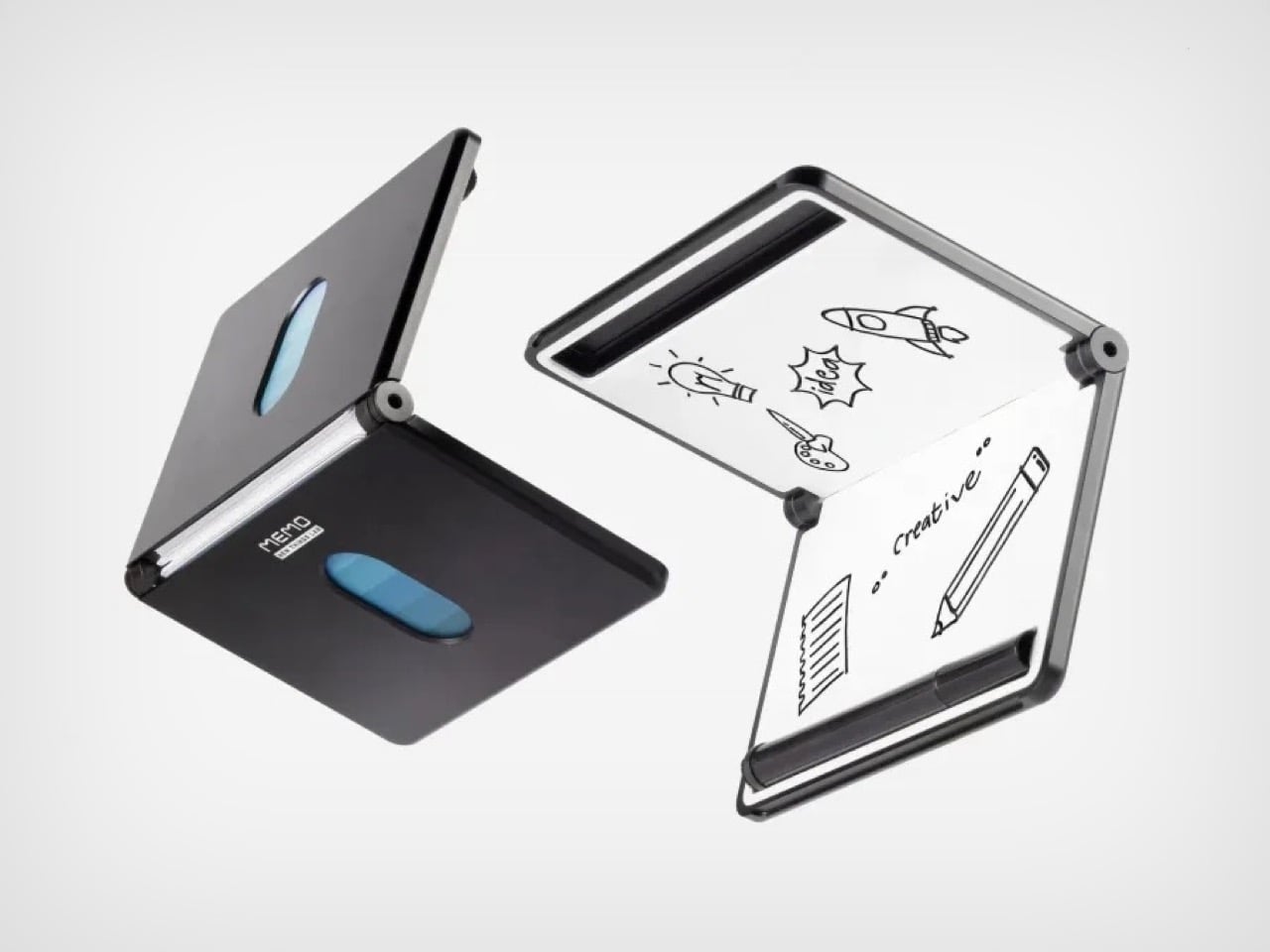5 ans de prison pour avoir codé un portefeuille Bitcoin un peu trop respectueux de la vie privée
Keonne Rodriguez, le développeur derrière Samourai Wallet, vient de se prendre 5 ans de taule pour avoir créé un portefeuille Bitcoin qui protégeait un peu trop bien l'anonymat de ses utilisateurs.
Samourai Wallet, c'était un portefeuille Bitcoin open source lancé en 2015 avec comme promesse de permettre aux gens d'utiliser leurs bitcoins sans que le monde entier puisse tracer chacune de leurs transactions. Le truc utilisait une technique appelée le "coin mixing" qui, pour faire simple, mélange les transactions de plusieurs personnes pour brouiller les pistes et rendre le traçage quasi impossible.
Grave erreur car ça les États n'aiment pas !
![]()
Et voilà pourquoi en avril 2024, le FBI a débarqué chez Rodriguez à 6h du matin, arme au poing, devant sa femme et ses enfants. L'accusation ? Blanchiment d'argent et exploitation d'une entreprise de transmission monétaire non autorisée. Le Département de la Justice américain affirme que plus de 237 millions de dollars de "produits criminels" seraient passés par Samourai, provenant selon eux du trafic de drogue, de marchés du darknet, de fraudes diverses et même d'un site pédopornographique.
![]()
Rodriguez maintient qu'il a juste créé un logiciel, point. Dans l'interview ci-dessous accordée à Reason Magazine juste avant son incarcération ce 19 décembre, il explique qu'il n'a jamais eu accès aux fonds des utilisateurs et qu'il ne savait pas qui utilisait son outil ni pourquoi.
Sauf que le gouvernement américain voit pas les choses comme ça et pour eux, proposer un service qui rend les transactions Bitcoin intraçables, c'est forcément faciliter le crime. Peu importe que la plupart des gens voulaient juste protéger leur vie financière des regards indiscrets. Comme le dit Rodriguez : "Si vous dites que la vie privée financière est un crime, alors vous dites que la liberté est un crime."
Aussi, le dossier d'accusation contient des éléments qui vont au-delà du simple "j'ai codé un logiciel". D'abord, Samourai n'était pas qu'un bout de code open source tournant en local puisque l'équipe opérait des serveurs centralisés indispensables au fonctionnement du mixing et collectait des frais sur chaque transaction (environ 4,5 millions de dollars au total). Ensuite, certaines communications publiques des fondateurs étaient... comment dire... pas très smart. Par exemple, en juin 2022, après l'invasion de l'Ukraine et les sanctions internationales, le compte Twitter de Samourai (géré par Rodriguez) postait un message accueillant explicitement les oligarques russes cherchant à contourner les sanctions. Et quand Europol a identifié Samourai comme une "top threat", Hill a répondu de manière provocante en mode "venez nous chercher". Des documents marketing internes destinés aux investisseurs ciblaient même explicitement les "Dark/Grey Market participants".
Bref, la défense "j'ai juste écrit du code innocent" est un peu plus compliquée à tenir quand on tweete qu'on accueille les fraudeurs fiscaux russes à bras ouverts.
Ce qui pose quand même question, c'est le précédent. Où trace-t-on la ligne entre un outil de privacy légitime et une infrastructure criminelle ? Rodriguez n'a pas volé d'argent directement, mais il a opéré un service qui facilitait sciemment le blanchiment, tout en étant rémunéré pour ça. C'est différent de Tor ou Signal, dont les créateurs ne collectent pas de frais sur chaque utilisation et ne font pas de com' pour attirer les criminels.
Son avocat a bien évidemment tenté de négocier une peine plus légère en invoquant l'absence d'antécédents criminels et le fait qu'il soit père de famille, mais le juge a choisi d'appliquer le maximum prévu. William Hill, le cofondateur et CTO de Samourai, a lui aussi écopé de 4 ans pour les mêmes charges.
Après y'a quand même une lueur d'espoir pour lui car Trump a récemment laissé entendre qu'il pourrait examiner le dossier pour une éventuelle grâce présidentielle. Rodriguez reste optimiste là-dessus, même s'il sait que ça peut prendre du temps...
Bref, l'affaire Samourai Wallet n'est probablement pas le meilleur étendard pour défendre la vie privée financière car même si les outils de privacy sont légitimes et nécessaires, quand on opère une infrastructure centralisée, qu'on collecte des millions en frais, et qu'on fait ouvertement de la pub pour attirer les criminels... faut pas s'étonner que ça finisse mal...
Article mis à jour le 21 décembre pour y intégrer le dossier d'accusation à côté duquel j'étais totalement passé. Toutes mes excuses pour ça et merci au gentil lecteur qui m'a averti par mail de son existence.
![]()


